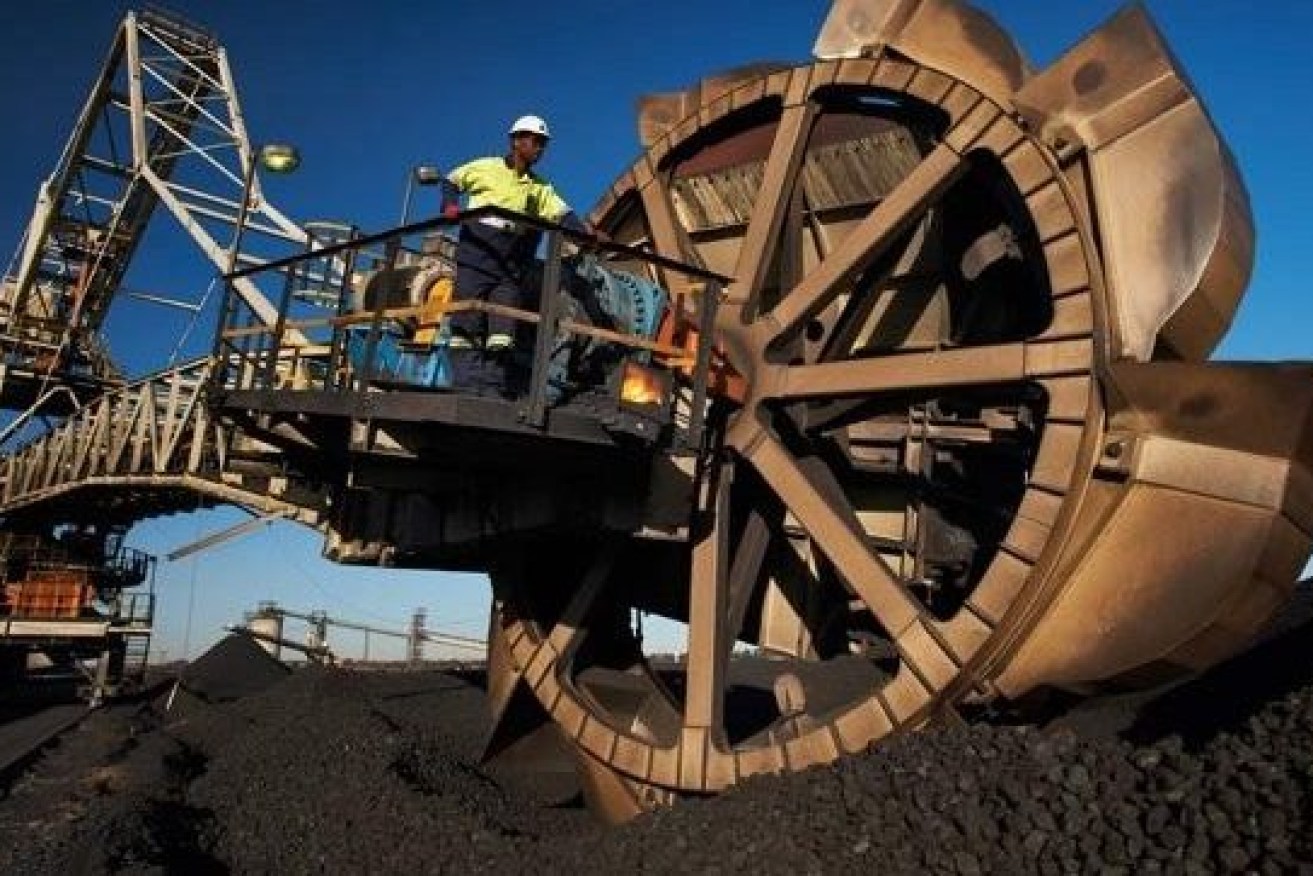Resources exports to smash records but strikes, La Nina and recession darken mood
Australia’s resources sector would jump an extra $9 billion from previous forecasts to hit a record $459 billion this financial year but strikes, wet weather and the threat of a global recession hang over the Queensland coal sector.


Two Qld coal mines are at the centre of the dispute (file photo)
According to the Department of Resources chief economist report released today, export earnings would fall sharply next financial year to $391 billion, which was still the third highest level on record.
The report said “tepid” world demand and the easing of supply disruptions were major factors, but until then thermal coal prices and a weaker Australian dollar were driving the increase.
“Many Western nations are having to pay substantially more for energy on the high chance that sanctions on Russia will see more Russian production _ particularly coal and gas _ become stranded from world markets,” the report said.
“We thus expect the prices of energy commodities to remain elevated over the outlook period,” the report said.
“Earnings from LNG are forecast to be $90 billion in 2022-23 as high prices more than offset the impact of weaker export volumes. Thermal coal exports should exceed $75 billion this financial year, up from 46 billion in 2021-22.”
The report claims that the prices for energy should fall back to pre-Covid levels in 2023-24. Lithium was expected to reach export levels of $16 billion this financial year, more than triple the level of 2021-22.
“In the coming two years, it is likely that the resource and energy sectors will make a significant contribution to real GDP growth. The disruptions to production of the past few years — due to the COVID-19 pandemic and weather-related issues — are likely set to ease. Coal producers will seek to lift output and exports, in response to record high prices and margins.
Non-ferrous metal production should experience healthy growth; Northern Hemisphere smelters are closing/cutting back production because of high energy prices, allowing Australian producers to pick up market share.
“Metallurgical coal prices have steadied, due to supply problems and signs that Chinese steel output has ceased declining: the Chinese government’s efforts to underpin economic activity should boost steel usage. Prices are likely to drift down over 2023, as supply recovers.”
It predicted metallurgical coal production would continue to be hit by weather. The Port of Gladstone has also had mechanical damage caused by heavy rain which has impacted output.
“These effects have been exacerbated by strikes at BHP operations, including the Goonyella, Saraji, Blackwater and Riverside,” the report said.
“The mines have significant combined output and disruptions could affect price and supply over the coming months.
“Labour shortages across the resources industry have also been a consistent issue in recent quarter. However, BHP has left its production guidance unchanged for the present.”
The report said that while Australia was not expected to be hit by a recession, the US and UK would and this would impact demand for many commodities.












